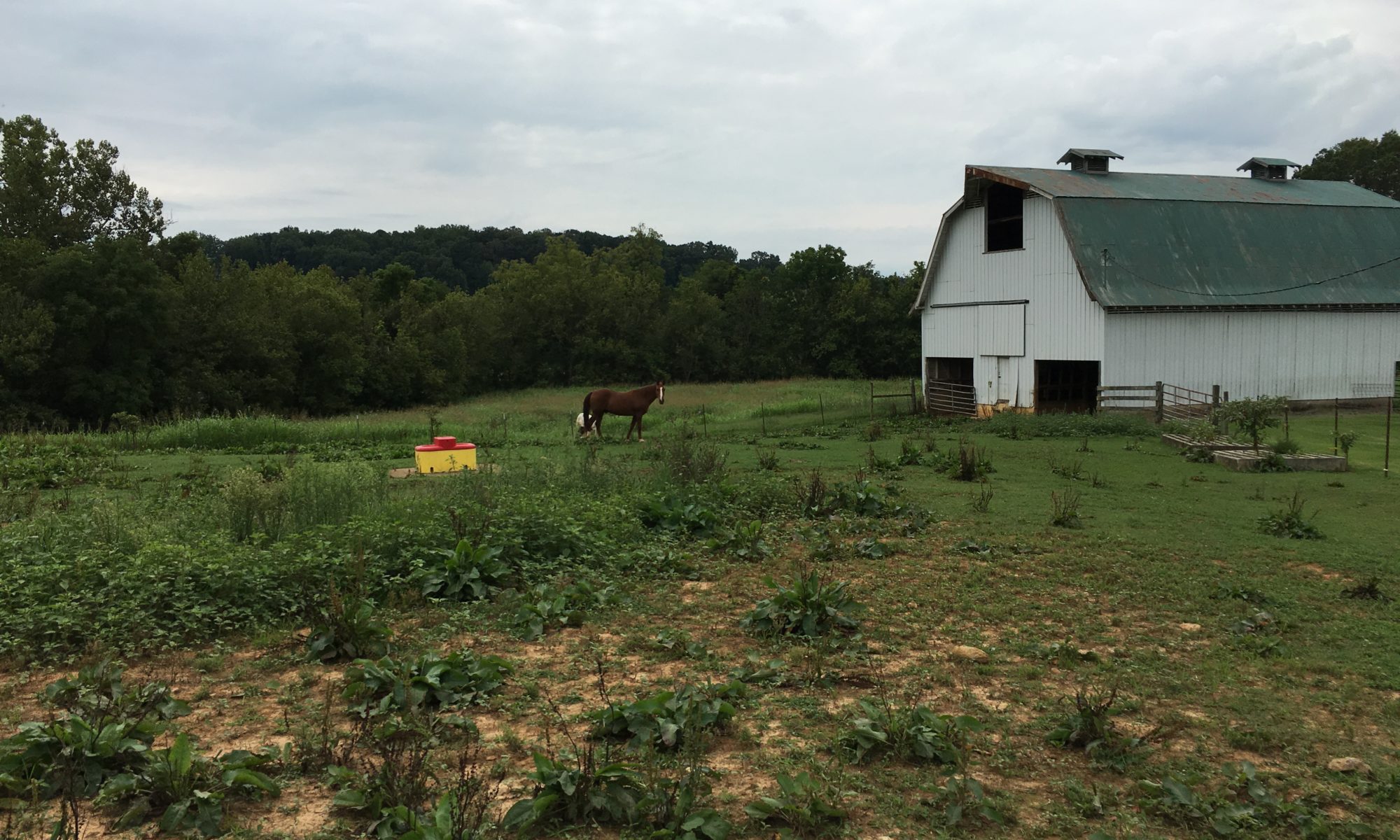

Dr. Gary Bates
Department Head and Professor, Plant Sciences
Director, UT Beef & Forage Center
P: 865-974-7324
The other day I was with an Extension agent visiting a beef cattle farm, looking at one of the pastures. The problem was they had seen yield decline over the last several years, with the stand of grass this spring being pretty poor. We discussed the history of the field, then went through possible causes and solutions to their problem. On the drive home, I started thinking how often I get questions each fall about poor stands and how to thicken stands. I thought it would be a good idea to discuss some of the primary causes of stand loss so that you might possibly be able to prevent some of this type of problem.
Usually, total stand loss in a grass pasture or hayfield does not happen all at once. Most of the time it occurs slowly, over the course of two or three years. Once it starts, however, it seems to snowball each year until finally the tall fescue or orchardgrass is completely gone. Here are factors than can cause stand loss:
- Overgrazing or mowing too low. As leaf material is removed from a grass, the plant will need to use stored energy to produce regrowth. The lower the grazing or mowing height, the more energy that is required to be used. It is usually worse in a grazing system, since the plants might be grazed too low several times, causing great stress on the plant’s energy reserves. When grazing or mowing, it is best to leave a 3–4-inch stubble, which will leave residual leaf area for the plants to capture sunlight for photosynthesis.
- Drought. Obviously, plants need water to be able to survive and grow. Grasses like tall fescue and orchardgrass are cool-season grasses, meaning they do well during spring and fall, but struggle during the summer. They are not adapted to high temperatures, and they are not very efficient with their water use. During summer, high temperatures and limited rainfall are especially problematic for these grasses. An extended drought can result in grass plant death.
- Poor soil fertility. Readily available nutrients are needed for a plant to be able to survive and compete in a pasture or hayfield. If one or more nutrients are lacking, plant vigor will be reduced, which may ultimately lead to plant death. Since nitrogen, phosphate, and potash are the nutrients used in large quantities by plants, a soil test is useful to determine fertilizer and lime requirements for a field. Since pH affects nutrient availability, liming to keep the pH above 6.0 ensures these nutrients are available to plants.
- Weed pressure. There are certain weeds that have a specific growth pattern and can create severe competition issues in a grass field. Tall growing weeds like spiny pigweed and tall ironweed can shade out plants below their canopy, causing stand loss. They may not cause complete stand loss, but they can have a dramatic impact on the area immediately surrounding them.
- Disease. There are not many fungal diseases that kill tall fescue and orchardgrass plants in pastures and hayfields. But there are a few than can cause plant stress, and when coupled with other factors could result in stand loss. There are not many options for sprays to control these diseases, so managing to keep a vigorous stand is important to help plants survive disease pressure.
Reviewing this list, usually none of these factors will cause total stand loss. The problem is that usually one or more of these will occur at the same time. If something is overgrazed during a drought, a small amount of stand loss will occur. Weeds move in, resulting in more competition pressure. Over the course of two or three years, 50-75 percent stand loss has occurred. If, during this period you cut back on fertilizer, the loss will be even quicker or more severe.
You might not be able to control every one of these factors, but some are more under your control than others. Watch your grazing and mowing height, particularly during a drought. Make sure to soil test to provide adequate nutrients. Control weeds to remove this pest pressure.